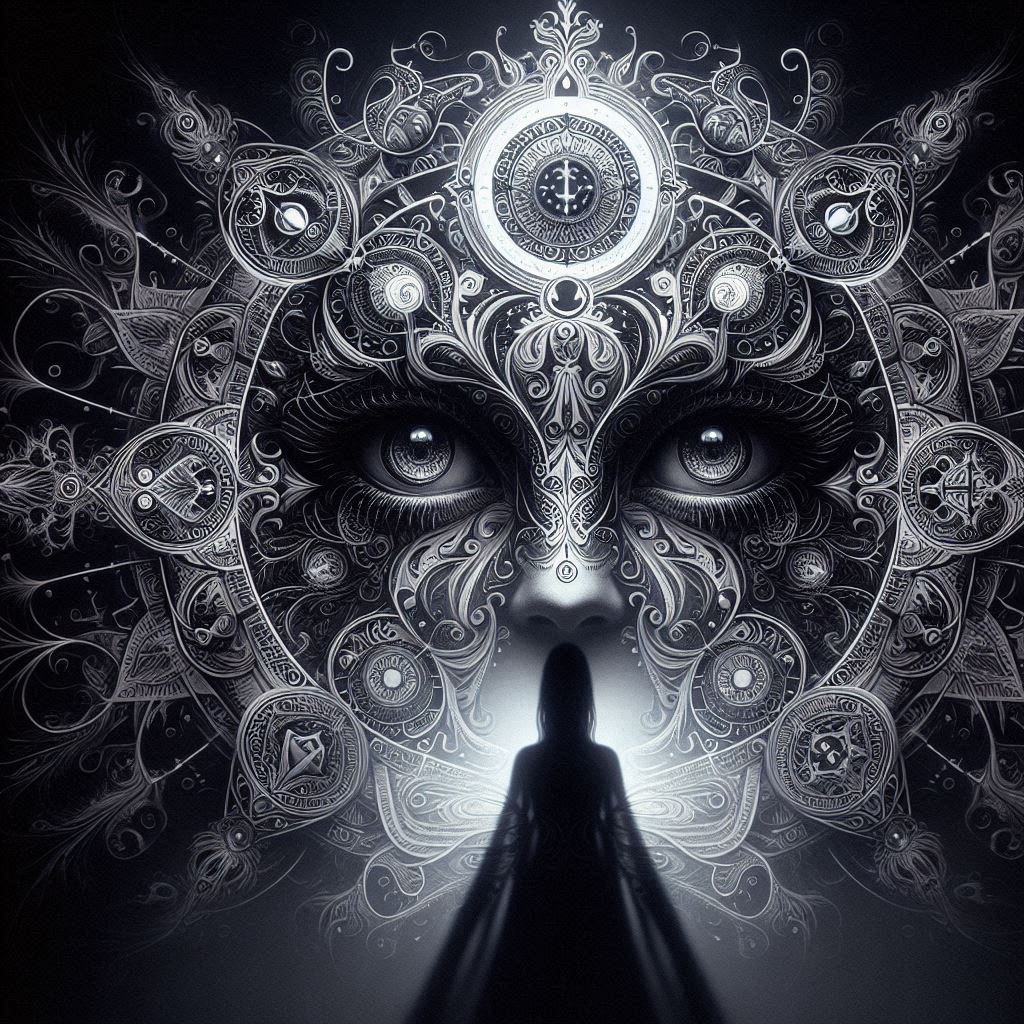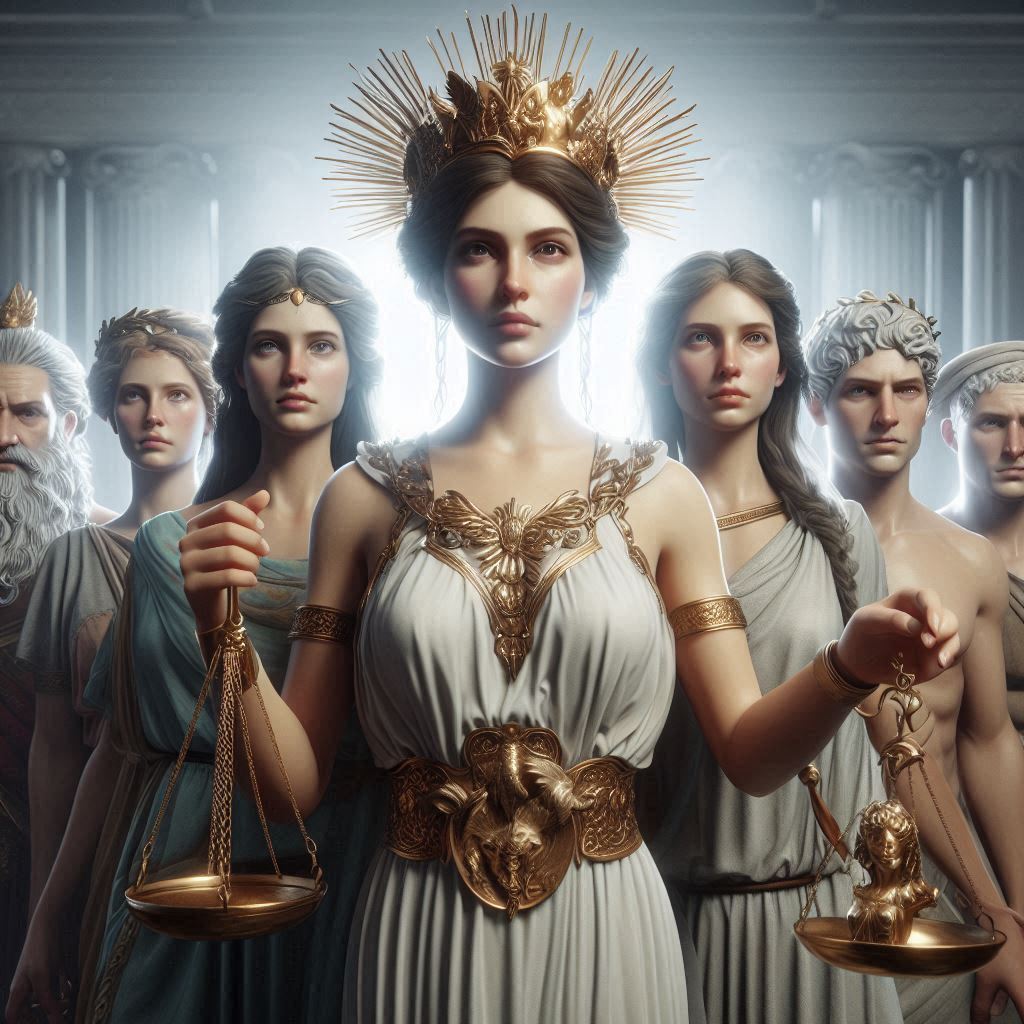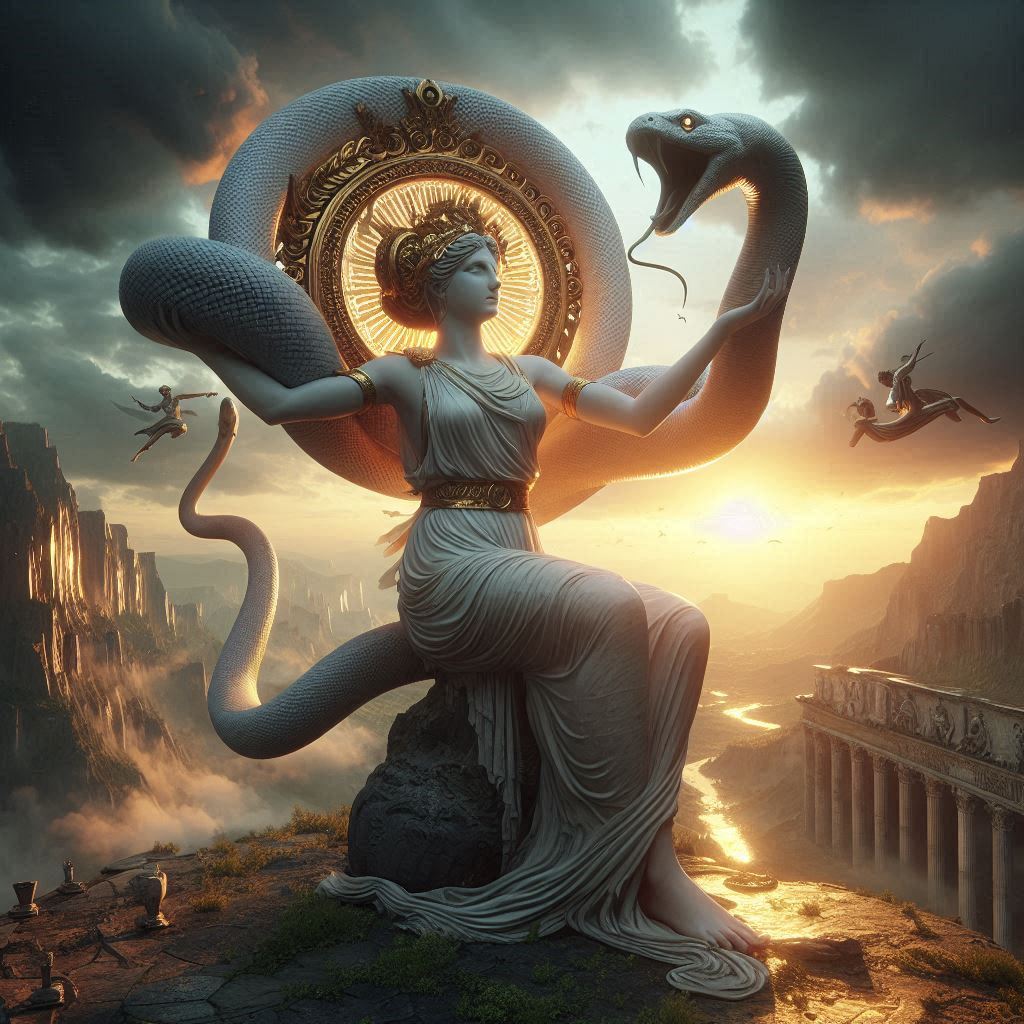Table of Contents
Coming of Age in Literature: A Journey of Self-Discovery and Growth
The coming of age narrative, or Bildungsroman, is one of the most enduring and universal themes in literature. It captures the tumultuous transition from childhood to adulthood, marked by self-discovery, moral growth, and the confrontation of societal expectations. From classic novels like To Kill a Mockingbird to contemporary works like The Catcher in the Rye, coming-of-age stories resonate because they reflect the universal struggles of identity, independence, and maturity.

This essay explores the significance of coming-of-age literature, its key themes, and how different authors portray this transformative journey. By examining classic and modern examples, we can understand why these stories remain timeless and impactful.
Defining the Coming-of-Age Narrative
The term Bildungsroman (German for “formation novel”) refers to a literary genre that focuses on the psychological and moral growth of a protagonist from youth to adulthood. These narratives often follow a pattern:
- Loss of Innocence – The protagonist experiences a moment or series of events that shatter their childhood worldview.
- Identity Crisis – They struggle with societal expectations, personal desires, and moral dilemmas.
- Self-Discovery – Through trials, they gain a deeper understanding of themselves and the world.
- Acceptance or Maturity – The protagonist reaches a new stage of emotional or intellectual maturity.
While not every coming-of-age story follows this exact structure, most incorporate these elements to depict growth.
Key Themes in Coming-of-Age Literature
1. Loss of Innocence
A defining feature of coming-of-age stories is the irreversible loss of childhood naivety. In Harper Lee’s To Kill a Mockingbird, Scout Finch learns about racial injustice when her father defends Tom Robinson, an innocent Black man accused of rape. Her gradual realization of prejudice marks her transition from innocence to awareness.
Similarly, in Lord of the Flies by William Golding, the boys’ descent into savagery strips away their civilized upbringing, forcing them to confront the darkness within human nature.
2. Identity and Self-Discovery
Adolescence is a period of questioning one’s place in the world. In J.D. Salinger’s The Catcher in the Rye, Holden Caulfield’s cynical yet deeply vulnerable narration captures his struggle to find authenticity in a world he perceives as “phony.” His journey is fraught with alienation, yet his desire to protect innocence (symbolized by his fantasy of being a “catcher in the rye”) reveals his underlying yearning for meaning.
Sandra Cisneros’ The House on Mango Street explores identity through Esperanza, a Latina girl navigating poverty, gender roles, and cultural expectations. Her poetic vignettes reflect her evolving sense of self and her dreams of escaping societal constraints.
3. Conflict with Society
Many protagonists rebel against societal norms, whether familial, cultural, or institutional. In The Bell Jar by Sylvia Plath, Esther Greenwood’s mental breakdown stems from the oppressive expectations placed on women in the 1950s. Her journey toward self-acceptance is both harrowing and illuminating.
In Persepolis by Marjane Satrapi, the graphic memoir format illustrates the author’s childhood in Iran during the Islamic Revolution. Her defiance against political and religious oppression underscores the universal struggle for autonomy.
4. Moral and Emotional Growth
True maturity often comes from confronting difficult truths. In Great Expectations by Charles Dickens, Pip’s journey from ambition to humility teaches him the value of integrity over social status. His misplaced admiration for wealth and disdain for his humble origins lead to regret, but ultimately, redemption.
Similarly, in Jane Eyre by Charlotte Brontë, Jane’s moral convictions guide her through hardship, love, and independence. Her refusal to compromise her principles, even for romance, defines her growth.
Classic vs. Modern Coming-of-Age Stories
While classic Bildungsroman novels often followed a linear progression toward maturity, modern coming-of-age stories frequently embrace nonlinear narratives, diverse voices, and unconventional endings.
Classic Examples:
- David Copperfield (Charles Dickens) – A semi-autobiographical tale of hardship and personal growth.
- A Portrait of the Artist as a Young Man (James Joyce) – Stephen Dedalus’ intellectual and artistic awakening.
- Little Women (Louisa May Alcott) – The March sisters navigate love, loss, and independence.
Modern Examples:
- The Perks of Being a Wallflower (Stephen Chbosky) – Charlie’s letters reveal his trauma and healing.
- The Hate U Give (Angie Thomas) – Starr Carter’s activism after witnessing police brutality.
- Normal People (Sally Rooney) – A nuanced exploration of love and self-worth in young adulthood.
Modern narratives often address intersectional identities, mental health, and systemic oppression, reflecting contemporary struggles.
Why Coming-of-Age Stories Remain Relevant
- Universality – Everyone experiences growth, making these stories relatable across cultures and generations.
- Empathy – Readers see themselves in flawed, evolving characters, fostering understanding.
- Social Commentary – These stories often critique societal norms, encouraging reflection.
- Hope – Despite struggles, protagonists usually find resilience, offering inspiration.
Conclusion
Coming-of-age literature captures the essence of human growth—its pains, revelations, and triumphs. Whether through Scout’s moral awakening, Holden’s existential angst, or Starr’s activism, these stories remind us that maturity is not just about age but about understanding oneself and the world. As society evolves, so too do these narratives, ensuring that the journey from youth to adulthood remains one of literature’s most compelling themes.


No responses yet